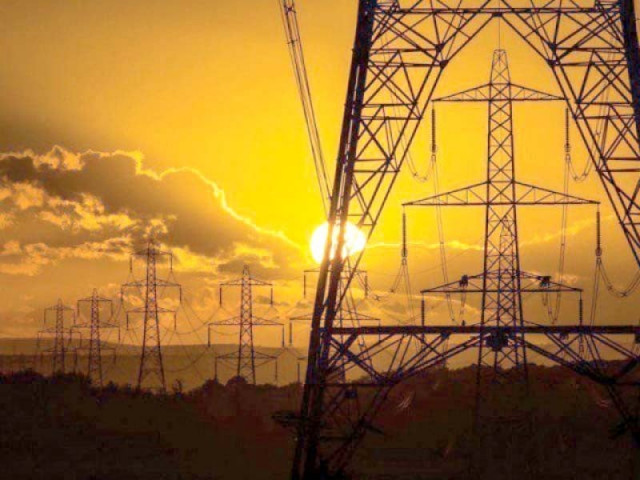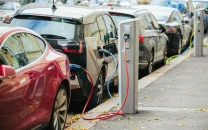Power tariff jacked up to meet IMF condition
Average national power tariff increased by Rs4.96 to Rs29.78

The government has implemented an increase in the average power tariff by Rs4.96 per unit for the financial year 2023-24. This adjustment places an additional burden of Rs3,281 billion on consumers throughout the ongoing financial year.
The tariff hike can be seen as a fulfillment of the government's commitment to the International Monetary Fund (IMF) to raise electricity rates. Following this recent increase, the average national tariff has risen from Rs24.82 per unit to Rs29.78 per unit.
“The revised National Average tariff for the FY 2023-24 has been determined as Rs.29.78/kWh, which is Rs.4.96/kWh higher than the previously determined national average tariff of Rs24.82/kWh,” the National Electric Power Authority (Nepra) said in a statement.
When the present coalition government came to power, it increased the base power tariff from Rs16.91 per unit to Rs24.82 per unit in July last year. The increase of Rs7.91 per unit was aimed at recovering an additional Rs893.83 billion from consumers during the fiscal 2022-23.
Besides, the government had also imposed over Rs3 per unit surcharge. Now, the power regulator had made another increase of Rs4.96 per unit to Rs29.78 per unit.
Sources told The Express Tribune that the consumers would pay another 25% additional tariff on the average power tariff on account of sales tax, income tax and tariff financial cost.
“There will be another cost on account of fuel price adjustment, which consumers would be paying due to variation in fuel cost,” the sources added.
Since the power distribution companies (DISCOs) have failed to bring improvement in the recovery of electricity bills, the circular debt keeps piling up. At present, the circular debt in power sector has risen to Rs2.6 trillion from Rs2.3 trillion, when the coalition government came into power.
Moreover, the poor recovery of electricity bills by DISCOs had also caused jacked up the receivables against defaulters. DISCOs have to collect Rs2.5 trillion from the power consumers.
During the last 10 months of the previous financial year, the recovery of electricity bills was 86% which was the lowest, the sources said.
Nepra said in a statement that the increase of Rs4.96/kWh was mainly due to overall low sales growth, rupee devaluation, high inflation, exorbitant interest rates and addition of new capacities etc.
“The total revenue requirement of the XWDISCOs is projected as Rs3,281 billion with projected sales of 110,165 GWh for the FY2023-24,” regulator added.
The power regulator said that any relief of decrease in tariff would be directly transferred to the consumers in future, in case of appreciation of the rupee, decrease in inflation and interest rates etc.
Nepra determines different consumer-end tariff for each distribution company (XWDISCO), owing to their different revenue requirements and allowed different level of T&D losses. The determined tariffs are intimated to the federal government to file uniform tariff application.
The uniform tariff so determined by Nepra after incorporating the amount of subsidy/surcharges as intimated by the federal government, is notified by the government to be charged from the consumers.
Mepco, Gepco, Hesco, Sepco, Qesco, Pesco and Tesco filed adjustment/indexation request under a multi-year tariff regime for FY2023-24. Iesco, Lesco and Fesco filed a multi-year tariff petitions for FY2023-24 to FY2027-28, and also requested for interim tariff for FY2023-24.
“The authority, has accordingly, determined the consumer-end tariff for FY 2023-24,” the regulator said.



















COMMENTS
Comments are moderated and generally will be posted if they are on-topic and not abusive.
For more information, please see our Comments FAQ